August is here, and out in the country, you can feel it in the air. The corn is tall, the beans look healthy, and we’re on the cusp of what could be a bin-buster of a harvest. It’s the kind of year that makes you glad you’re a farmer.
But then you walk back into the office, fire up the computer, look at the markets, and see the other side of the story.
We’re all facing a tough reality this year: a classic “combine squeeze.” We’ve got a bumper crop that will demand reliable, high-capacity equipment, but the cost of that equipment feels completely disconnected from the value of the crop we’re about to harvest.
Don’t just take my word for it—look at what this looks like on a chart:
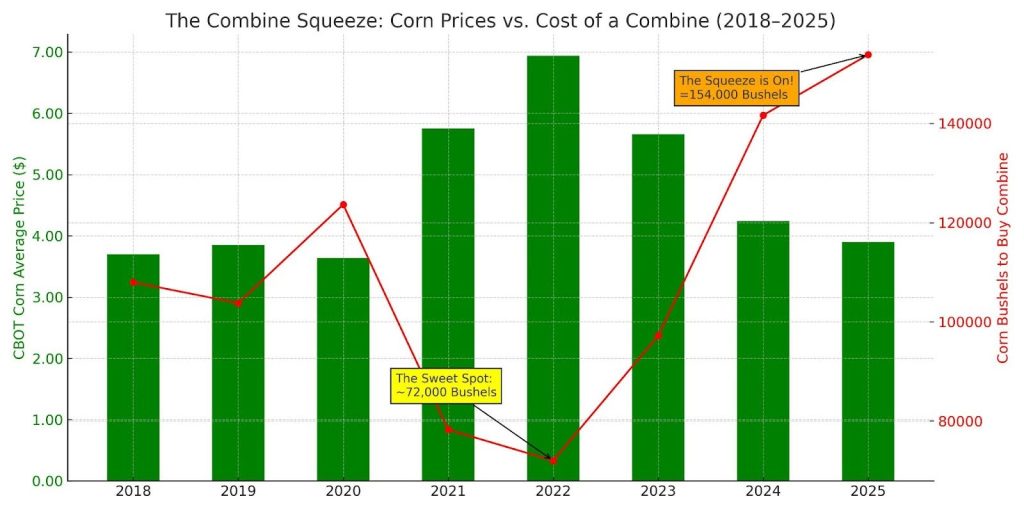
As you can see, when corn prices were high (the green bars), the real cost in bushels (the red line) was at its lowest. This was the “sweet spot” back in 2022. Now, with lower corn prices projected for this year, the cost to us has more than doubled from that low point. That visual, right there, is why we have to be smarter than ever about how we invest in iron this year.
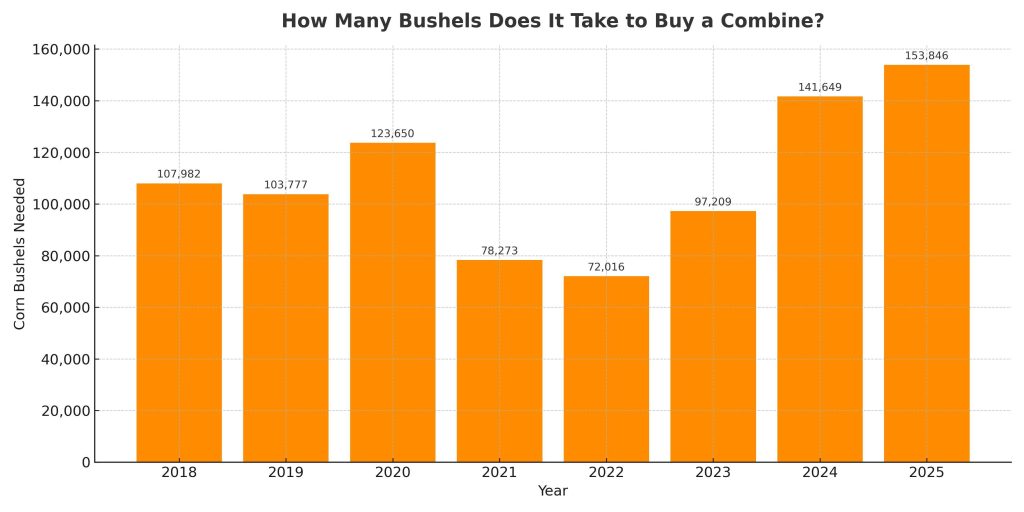
The Auction: Where Real Value is Forged
So, what’s the answer? Do we risk a breakdown with the old machine or sign a check that will cripple our finances for years? I believe the answer for the savvy farmer in 2025 lies on the online auction block.
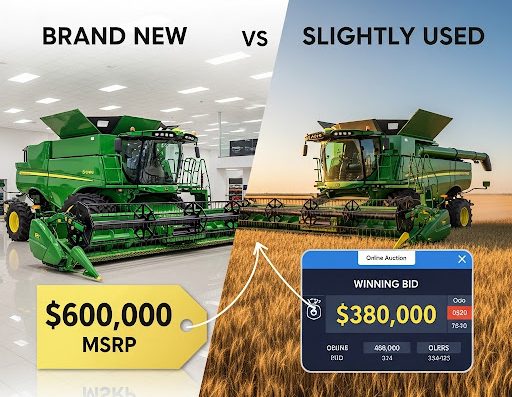
An auction price is different from a dealer’s price. It’s a price discovered in real-time, forged by a few key factors that work in a buyer’s favor in a year like this:
- It Reflects the Broader Economy: The other bidders in that online auction are your fellow farmers. They face the same low commodity prices you do. Their budgets are just as tight. The final price of that combine will be a number that reflects what farmers can actually afford to pay right here, right now.
- It’s the Best Market for “Sweet Spot” Iron: The data shows the best time to buy was a few years ago. That means there are farmers out there who bought in 2022 or 2023 and might be ready to trade. Their slightly used, low-hour machines are the best value on the market, and the online auction is the number one place to find them.
- It Benefits Both Buyer and Seller: A seller at an auction is motivated. A buyer is informed and looking for value. The auction creates a transparent, competitive environment where these two needs meet, establishing a price the market, not just the manufacturer, has deemed fair.
Your Online Auction Game Plan for 2025
Bidding from the farm office is convenient, but it requires even more discipline and preparation.
- Do Your Homework: Know the models you’re interested in. Research common wear points, engine hours, and what maintenance should have been done.
- Inspect Before You Click: This is the most critical step. Check the auction listing for designated “inspection days” and make the drive to see the machine in person. If you can’t go, consider hiring a local independent mechanic to look it over for you. Scrutinize every photo, watch any videos of it running, and review the maintenance logs.
- Know Your Number: Before the countdown timer starts, know your absolute maximum bid. Calculate it in dollars and, more importantly, in bushels. It’s easy to get one more click in, so set your limit and stick to it.
- Factor in the Extras: Remember to add in freight.
A new combine will always be tempting, but farming is a business of margins. In a squeeze year like 2025, the smartest move is to find value where the market is honest. And right now, there’s no place more honest than the online auction block.
Happy bidding, and may your internet connection be strong. Cheers, JD Bonham
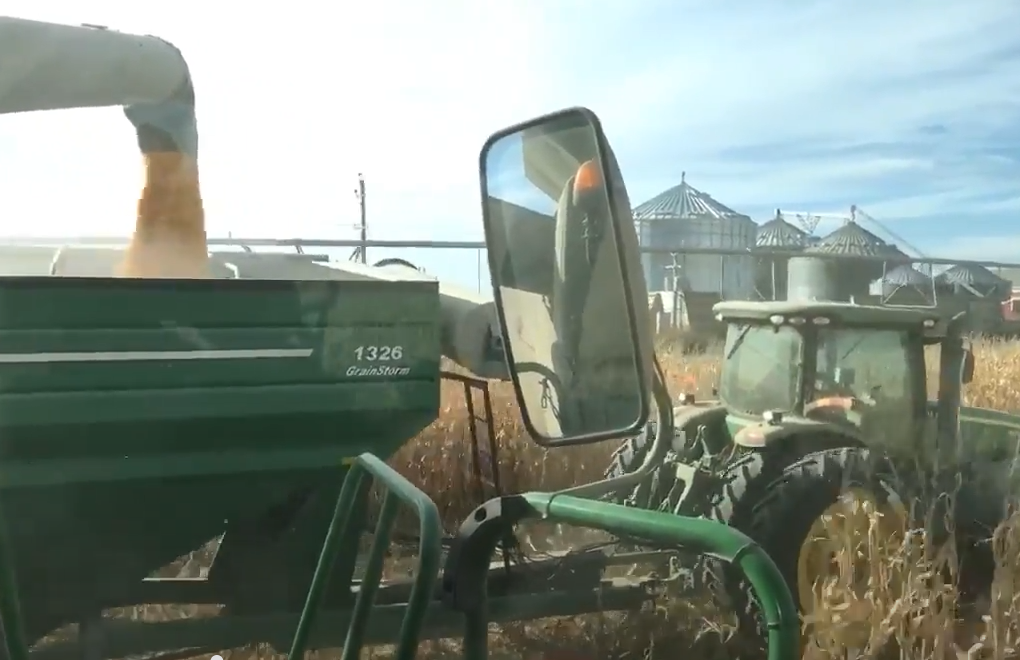
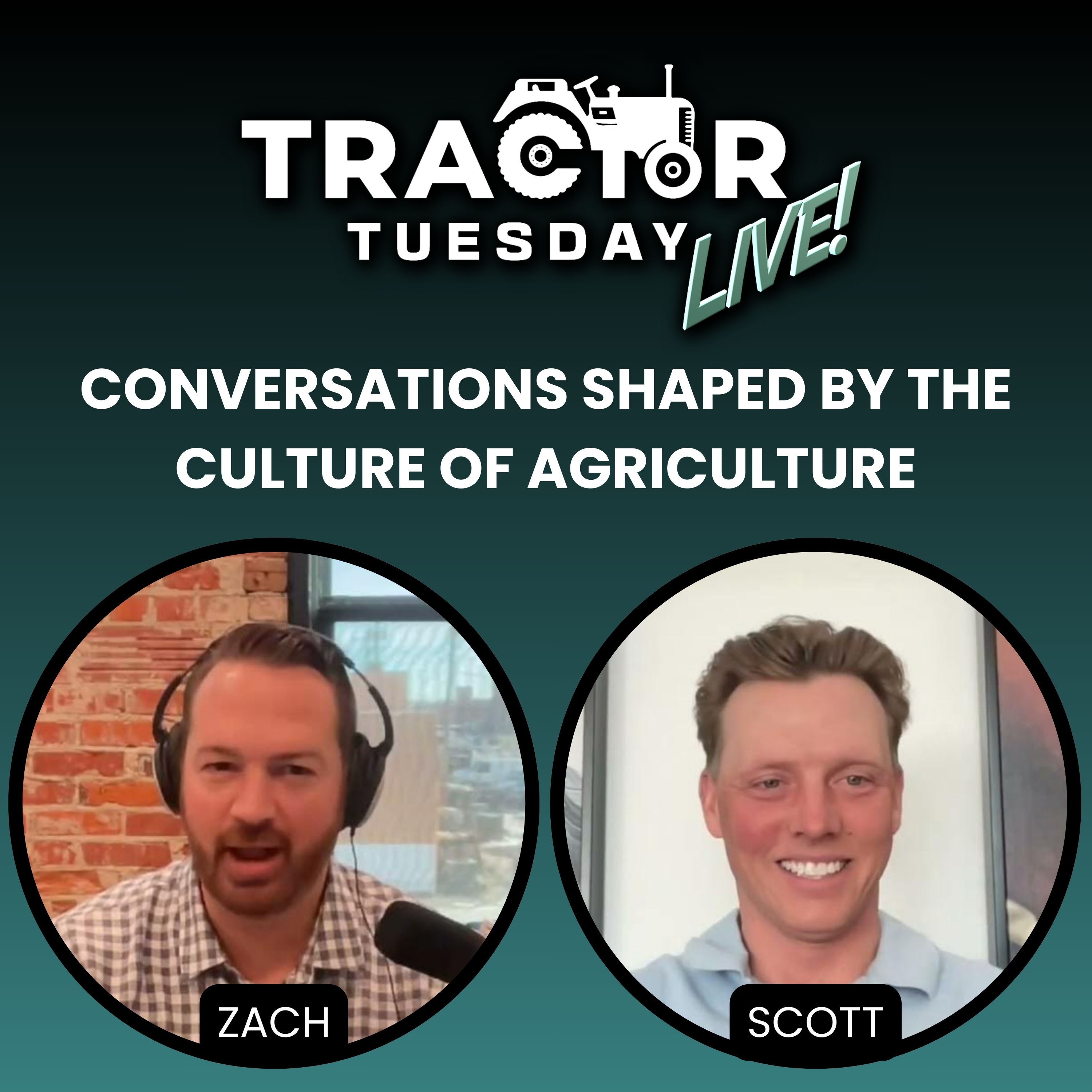
Leave a Reply